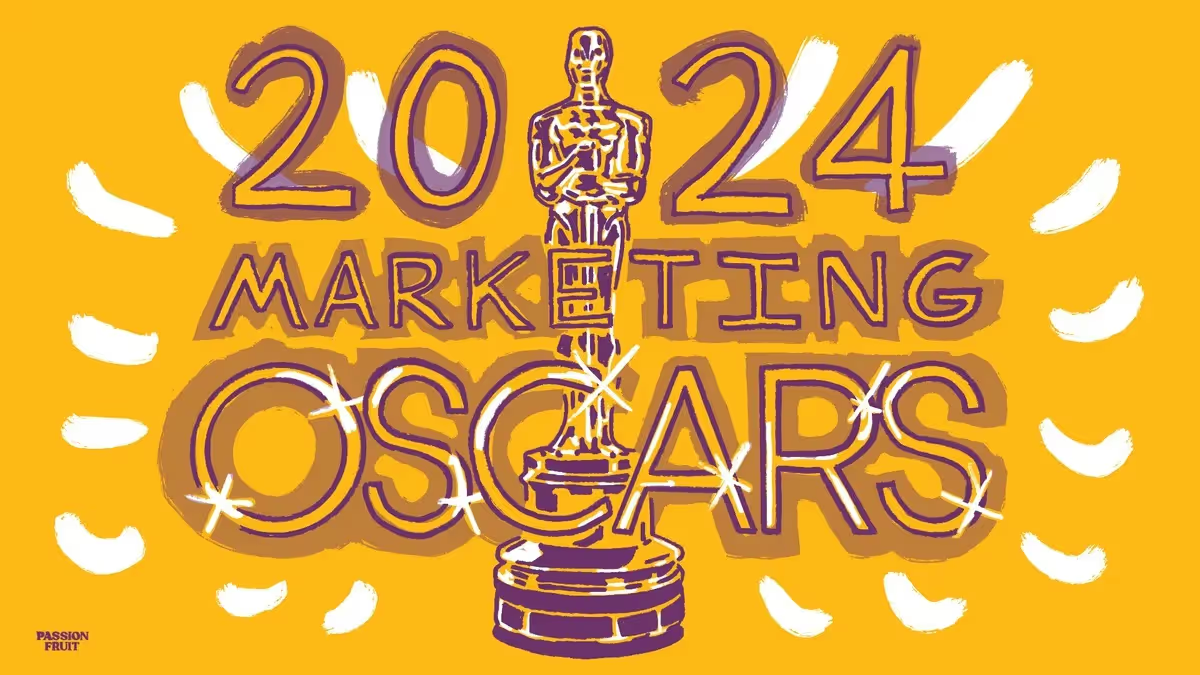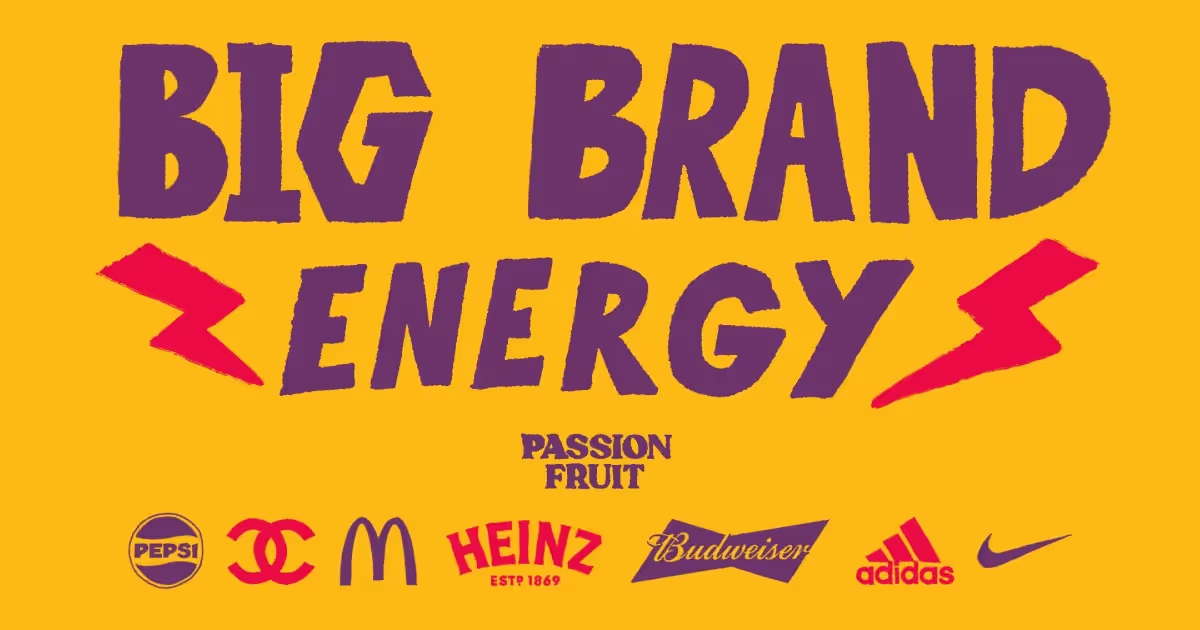While relatively unimportant and boring in and of itself, this fact will probably elicit an “ahhh really?!” from anyone who’s ever wondered why.
And it is that one word which speaks to a question that we at Passionfruit are hearing time and again from the best founders and operators right now: “why?”
To flesh this out, let’s briefly consider this from John List, former chief economist at Uber:
“When you ask somebody to, for example, create a random sequence of coin flips, you can ask a really smart person to say, “Create 10 coin flips in a row.” And what they’ll do is they’ll say, “Heads, heads, tails, tails, heads.” They’ll have nearly exactly five heads and five tails over the 10, and they won’t have enough runs. Because sometimes you tail, tail, tail, tail. But when a human mind creates it, they don’t do enough runs and they do too close to 50/50. That’s just how we’re built.”
This passage - taken from List’s recent interview with master-podcaster Tim Ferris - speaks to humankind’s general inability to consider extremities. People assume that the answer to a given question is somewhere in the middle, when often an edge case can persist far longer than we imagine.
So what does this have to do with startups?
Well, when it comes to growth, in the 2010s startups were able to thrive on cheap advertising made possible by Facebook, Instagram. Google etc. That persistent reliance on paid customer acquisition across a select few channels produced a mindset which fails to understand growth from first principles. Over the last year, as CACs on paid channels sky rocket post iOS 14 - we’ve heard multiple instances of startups spending with six figure budgets seeing their CACs triple in a 48hr period.
In other words, there’s a collective awakening to the fact that the coin has been landing on “heads” for many years now, but that in 2022 “tails” has arrived - and you’d be a fool to assume it won’t land on that side for the decade to come.
As Keynes put it, “markets can stay irrational longer than you can stay solvent.”
The result of this uncertainty is that great founders are starting to diversify away from the ease and reliability of paid ads, and question “why?” across a number of other potential growth levers.
That might be:
Why does a Slack channel not constitute a thriving community?
Why can’t SEO deliver results in the short to medium term?
Why don’t we put out more content that feels “consumerised”?
Why does my product marketing not land with my users?
Why shouldn’t we be more risky in what we put out on TikTok?
If user growth numbers at Passionfruit are anything to go by, startup marketing engines are well and truly up and running in 2022. Fresh strategies supplemented by fresh budgets have arrived on the scene and founders are eager to deploy their hard-won investment capital effectively.
As one founder put it bluntly to me this week, “in a startup time is more expensive than money”, but taking the time to question “why” certain approaches to growth might work for you is worthwhile.
The now infamous Coinbase Superbowl advert emphasises the benefits of this. Rather than mindlessly run yet another celeb-laden, crazy production budget spot - note what fellow cryptocurrency exchange FTX produced - they disobeyed convention and instead laid bare the nuts and bolts of growth. In this case, calculating the measurable CAC:LTV ratio of a QR code based on a $13m fee for the 60 second spot in front of 117m viewers, as well as the improved ability to retarget based on signups.

All the while they were engaging a new potential customer persona (adults over the age of 50) who may not have used a QR code before; less than 9% of American households have used one in the past. The result has been practically unmeasurable earned media exposure and brand building, way above and beyond their original investment.
All of this is not to say that founders should never run paid advertising again, nor that TV ads, QR Codes, nor OOH are the way to go - far from it. Simply that there is a worthwhile value in exchanging precious time to properly assess why your growth plan makes sense for your company.
The coin is landing on “tails” now, and successful founders in the 2020s will adapt their distribution strategy accordingly.







